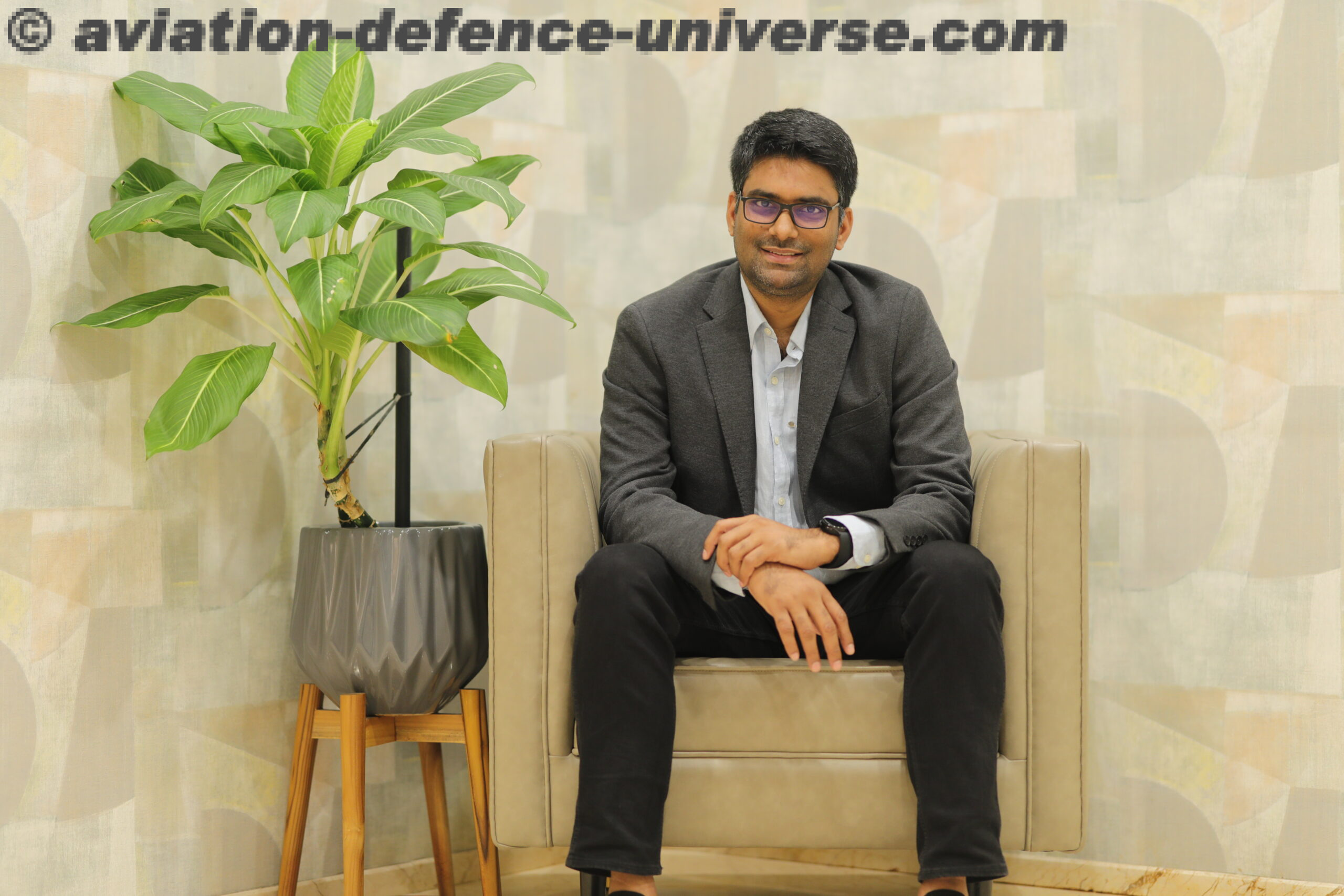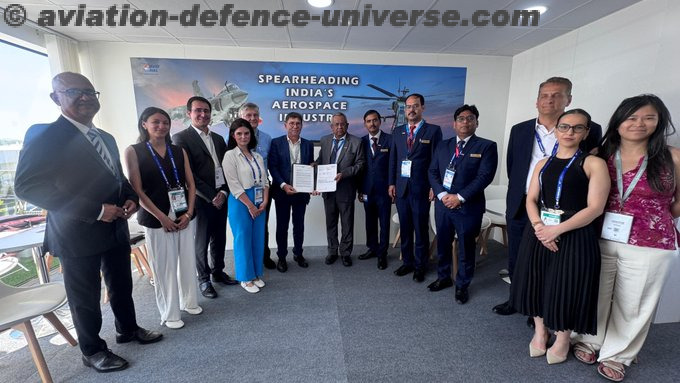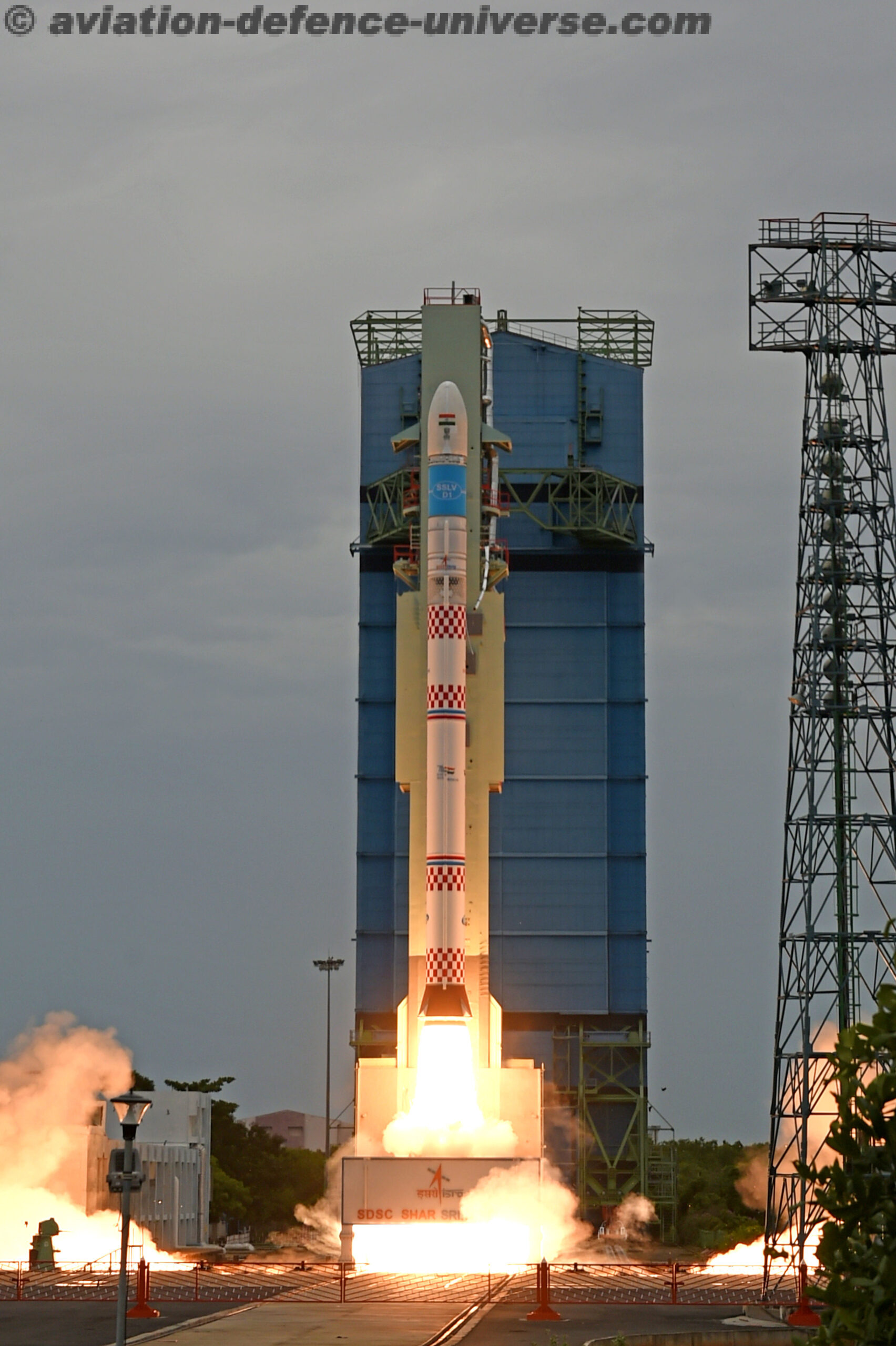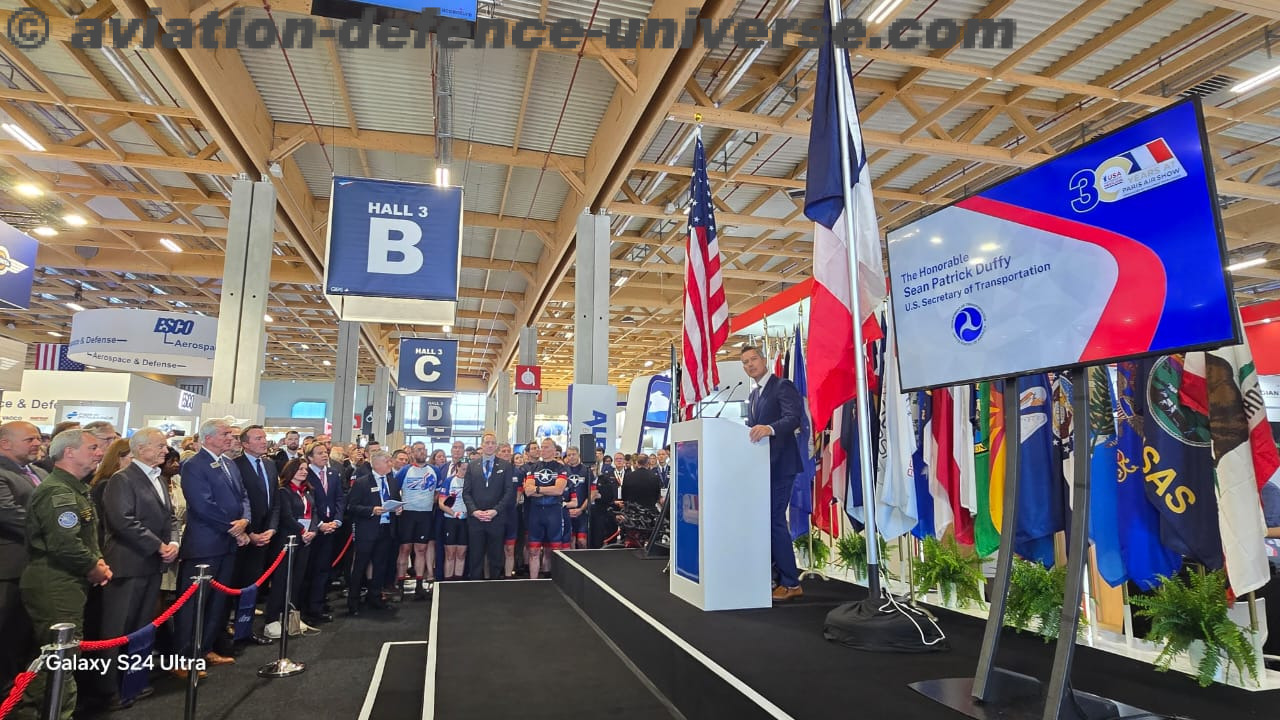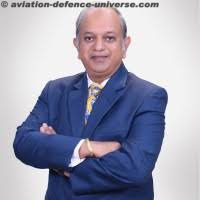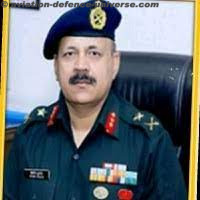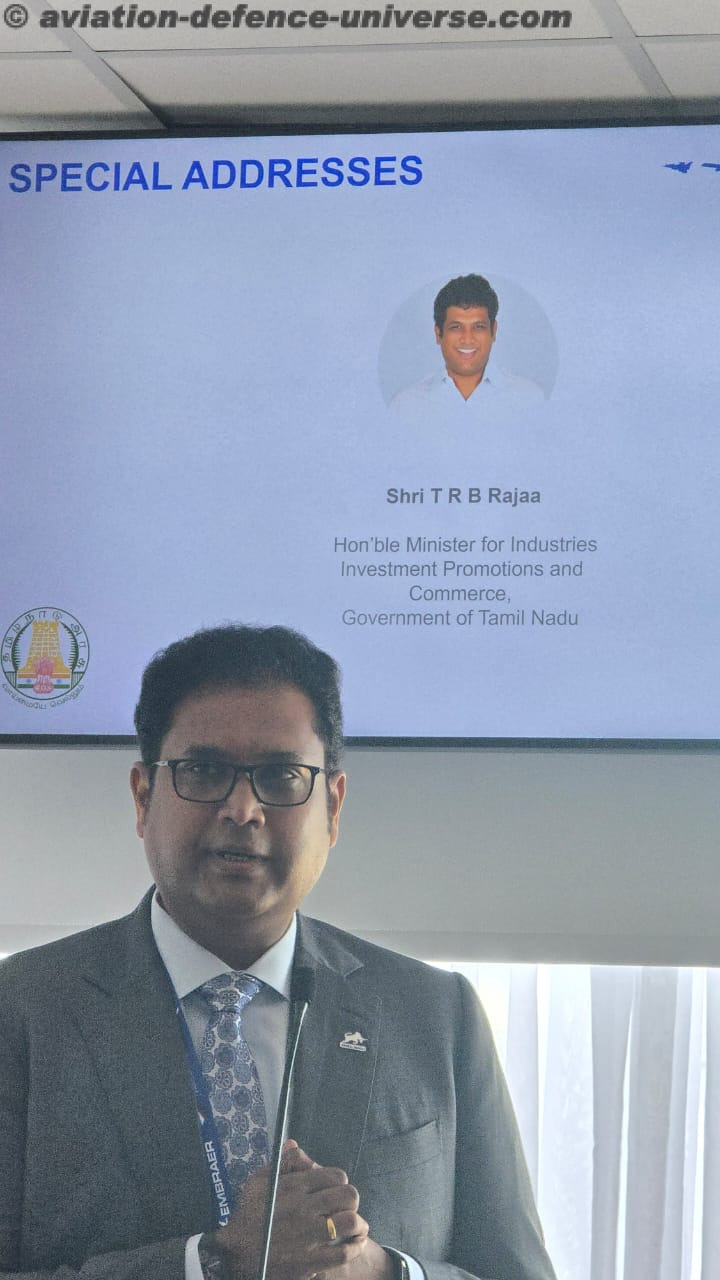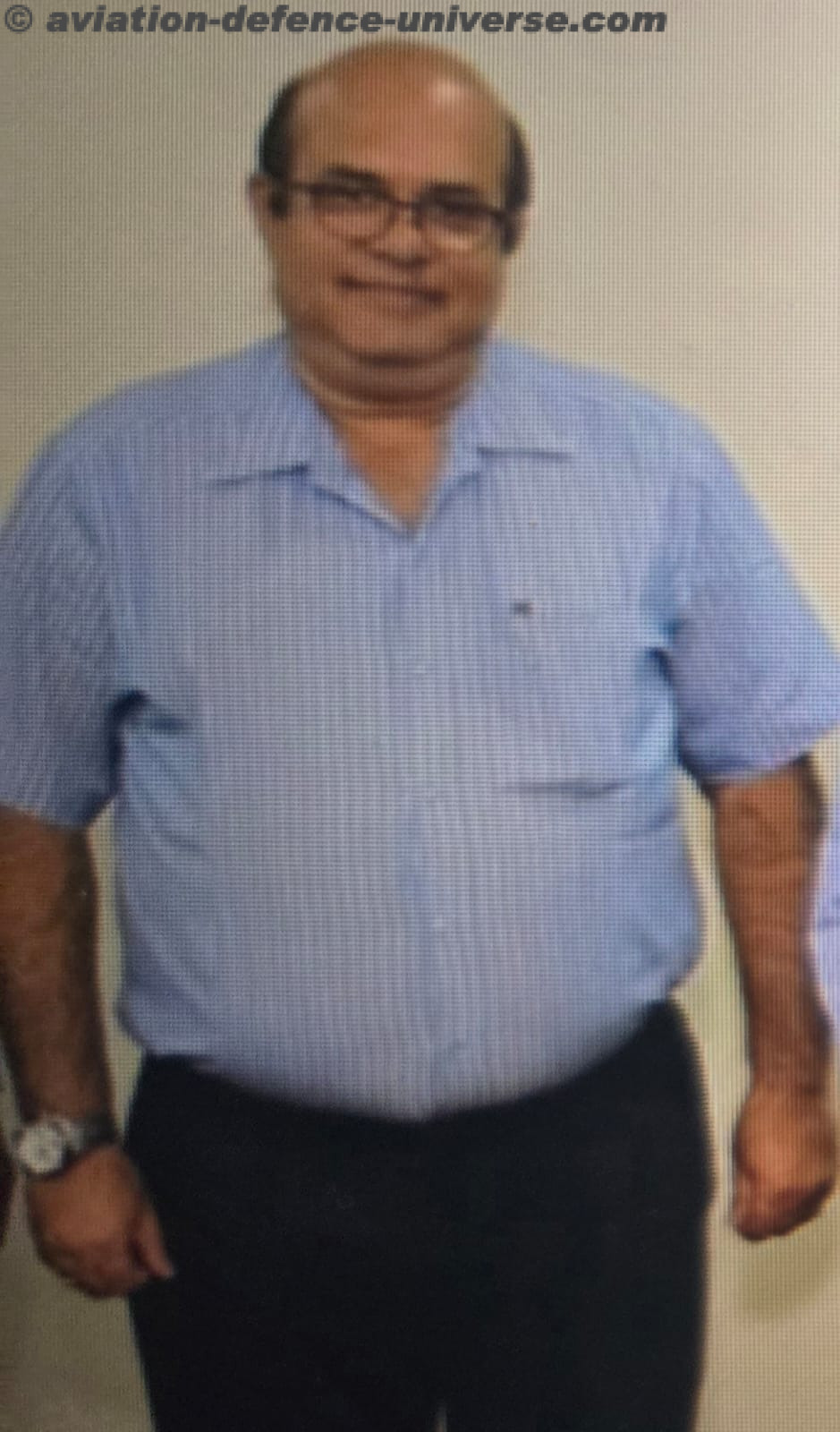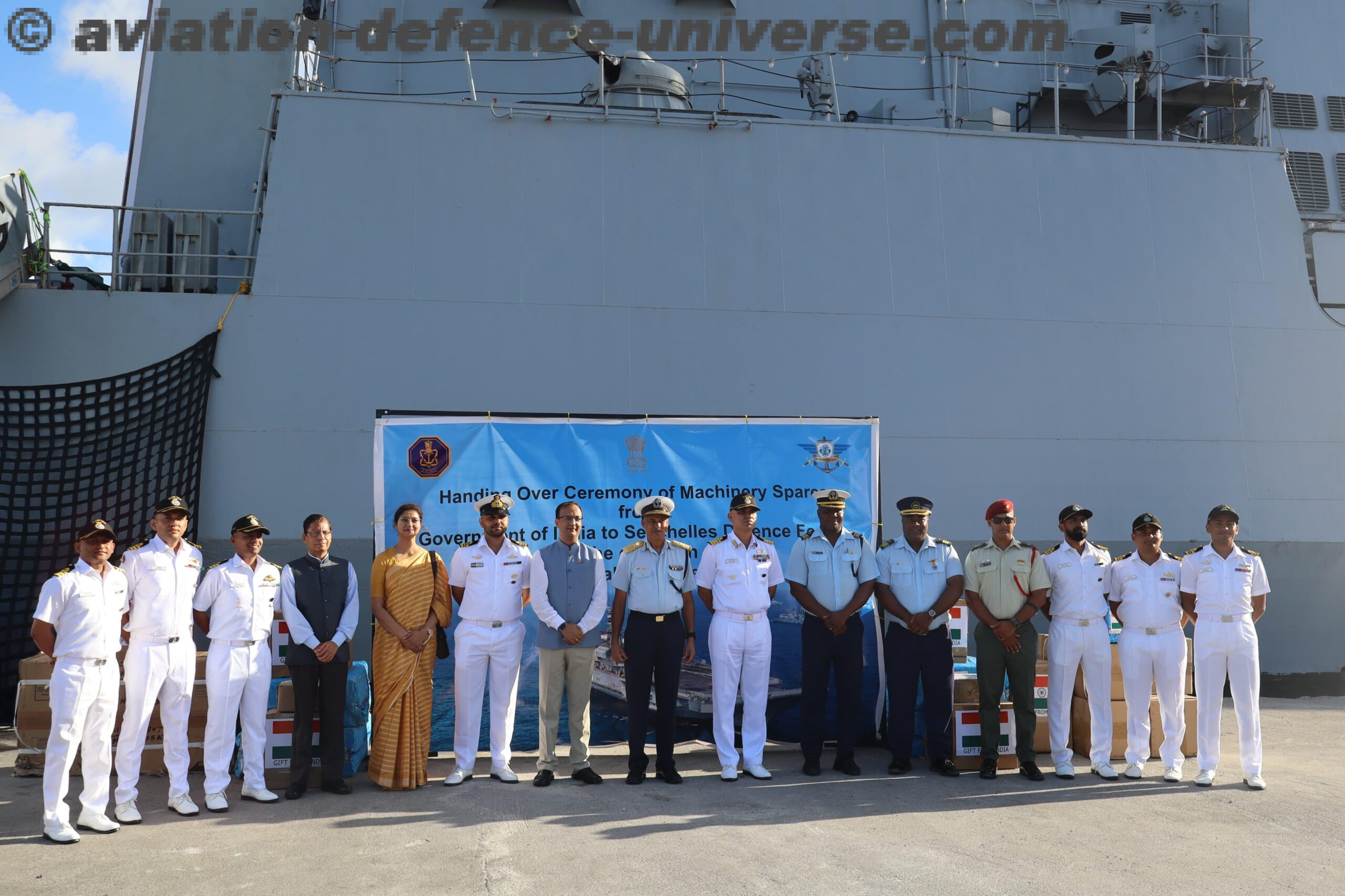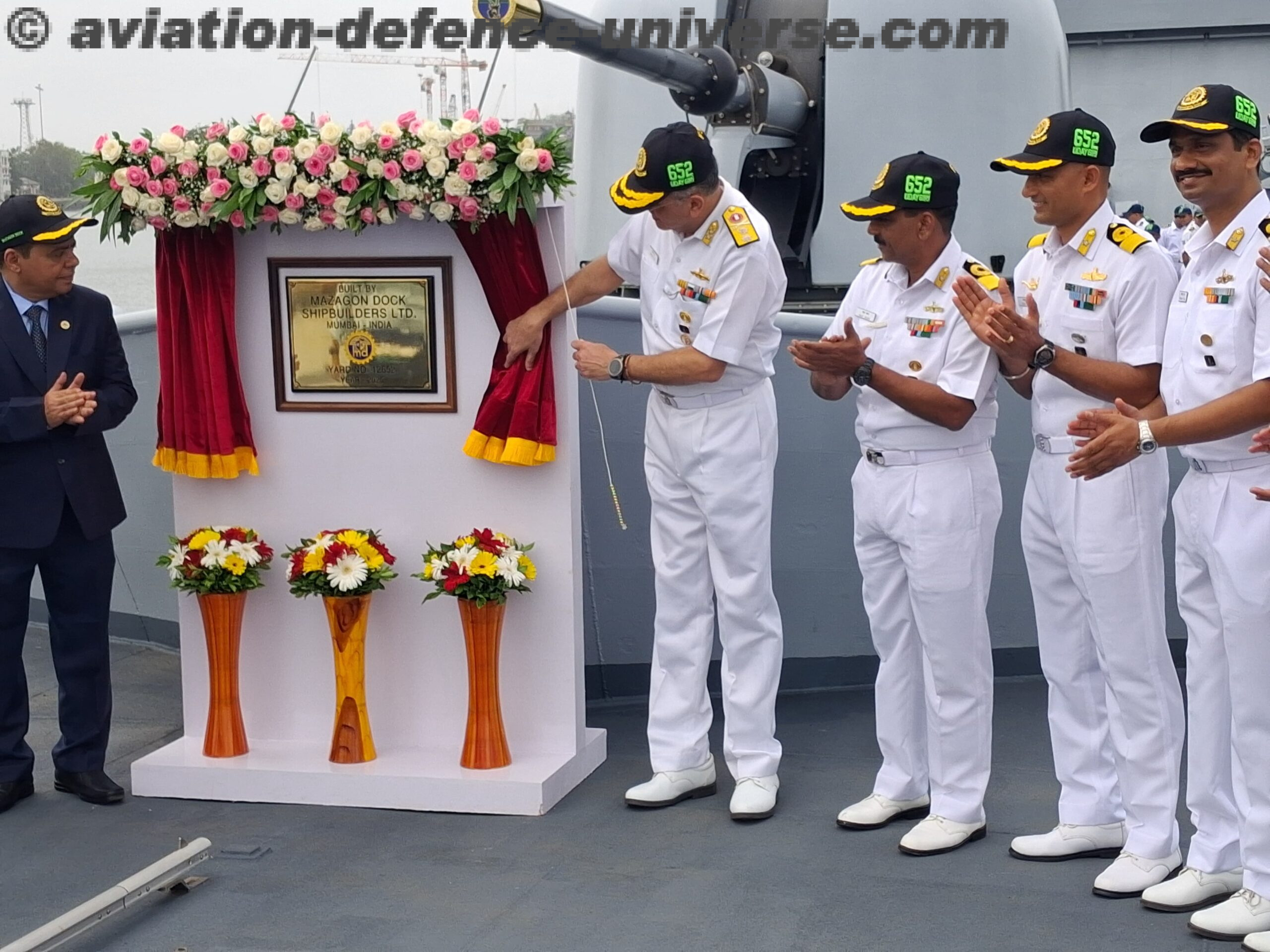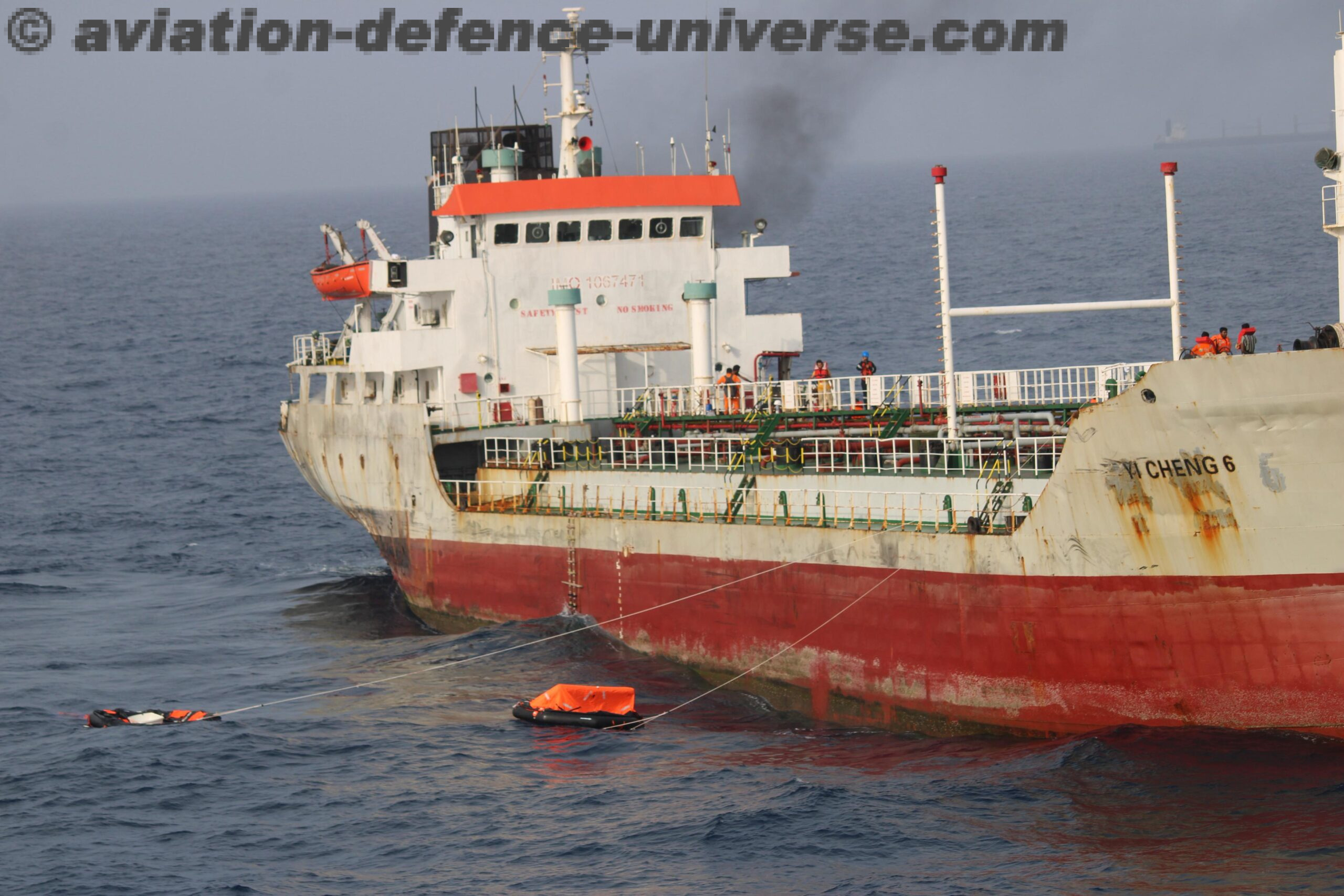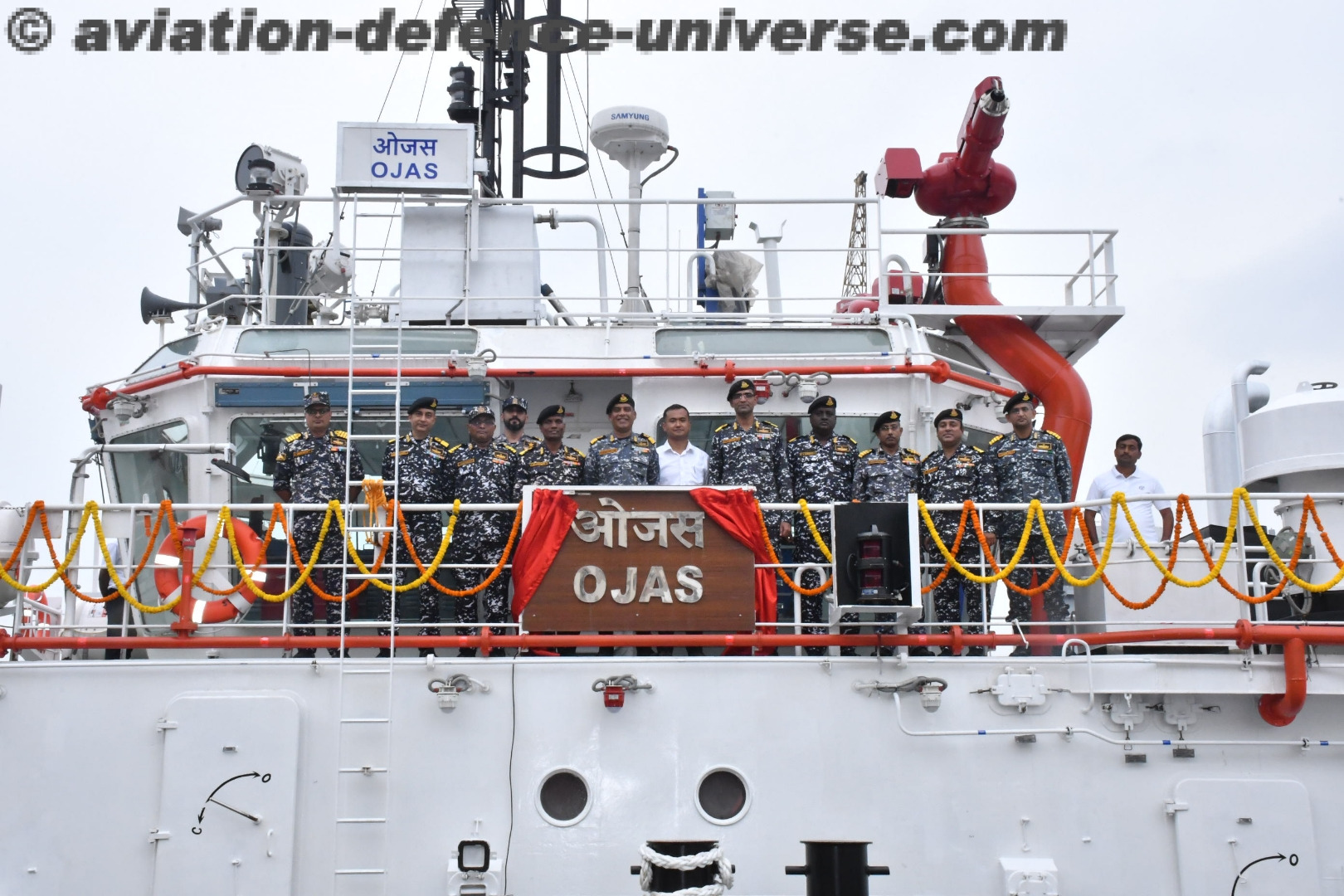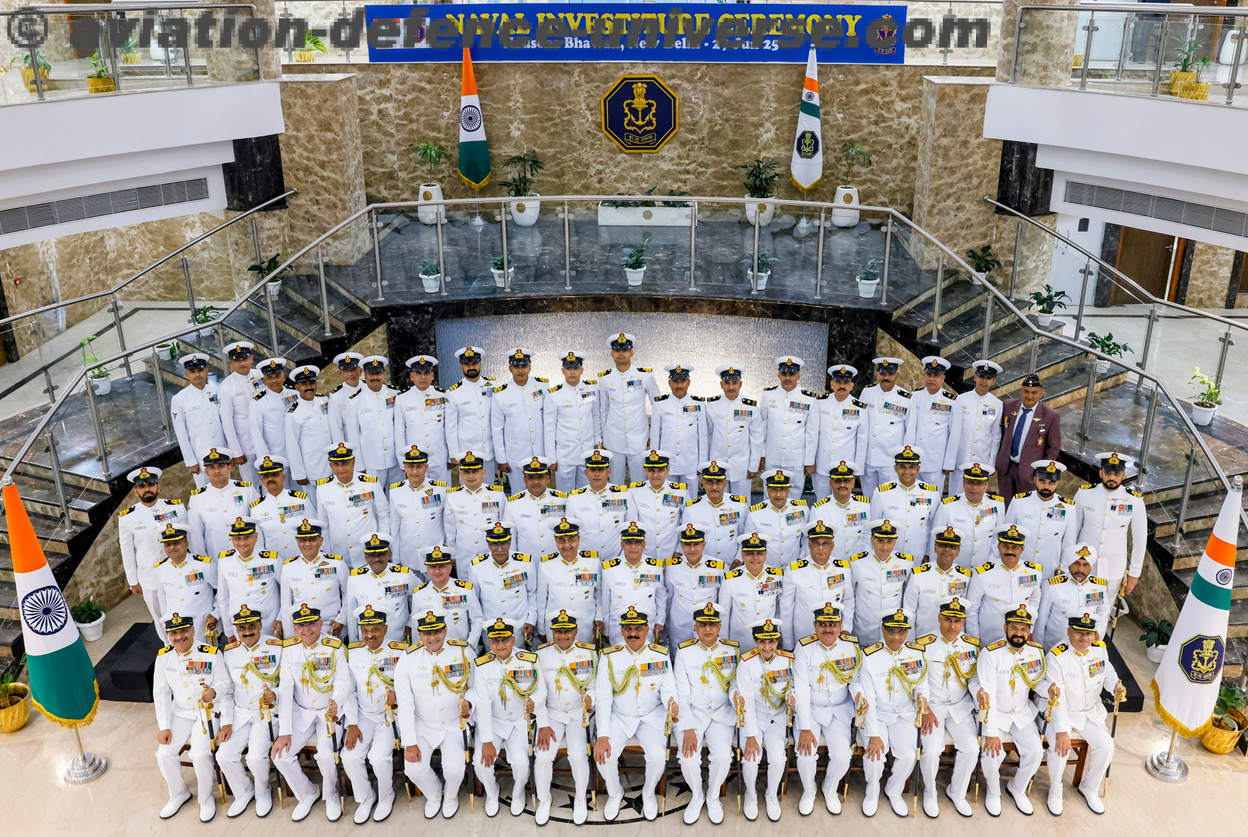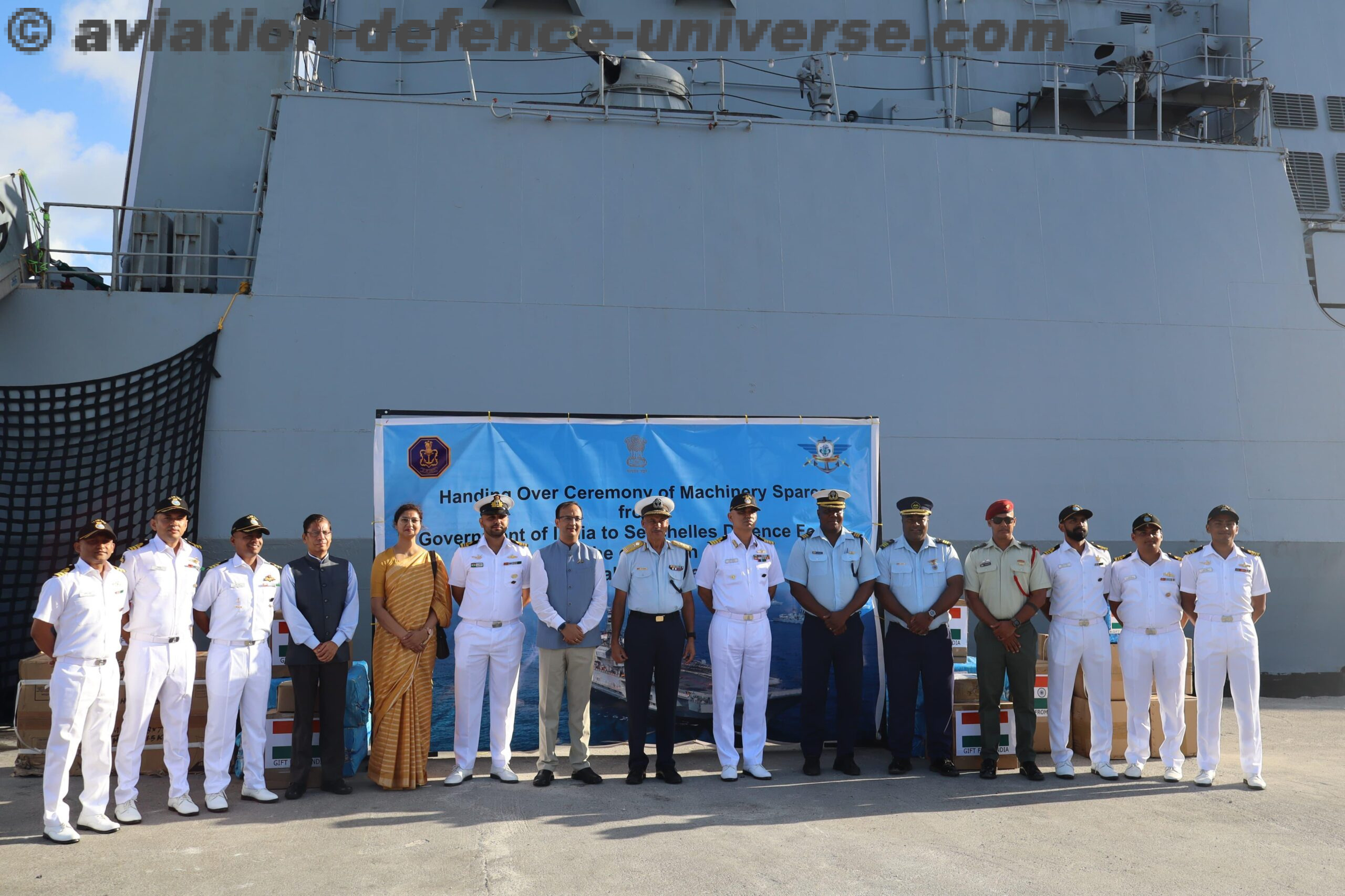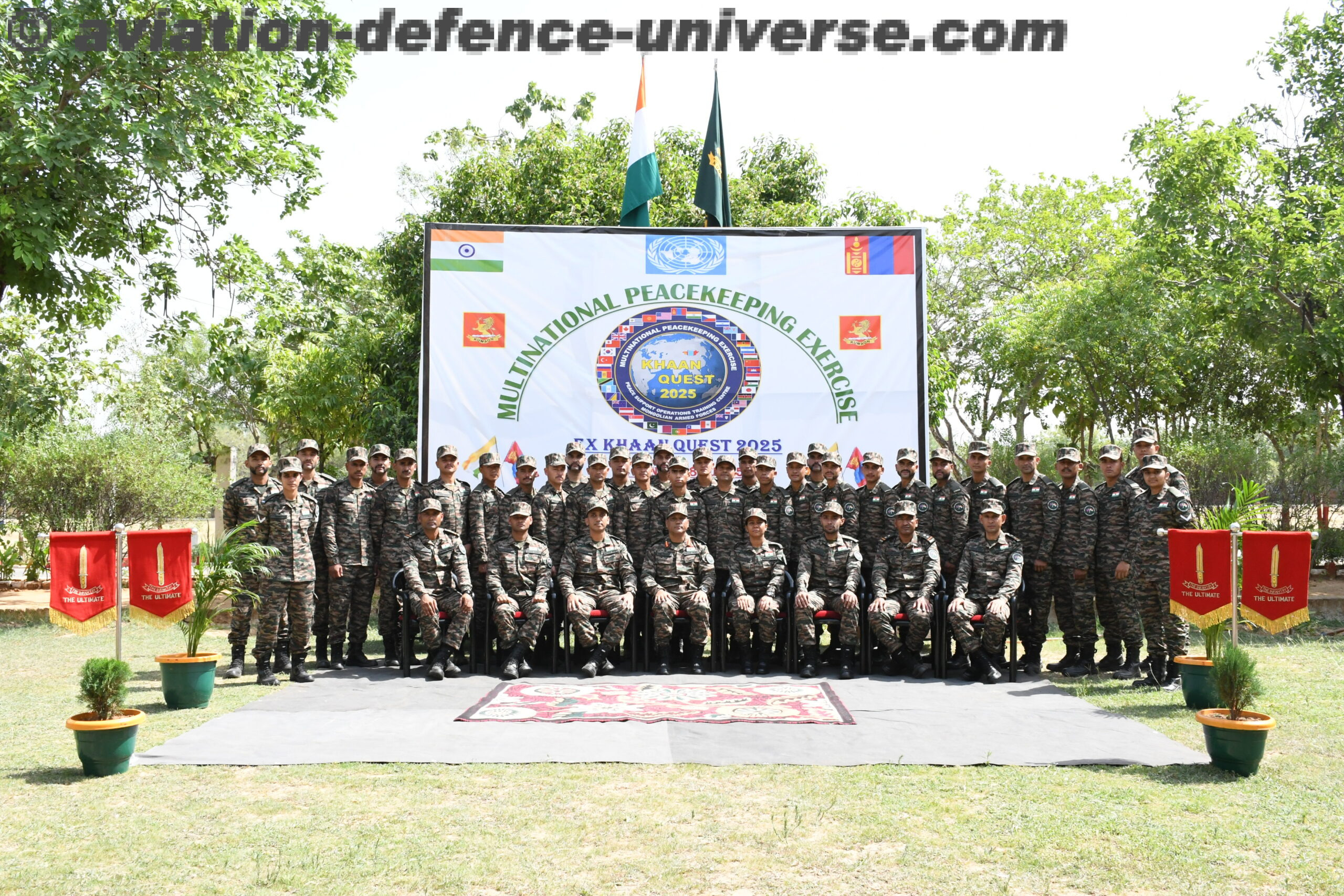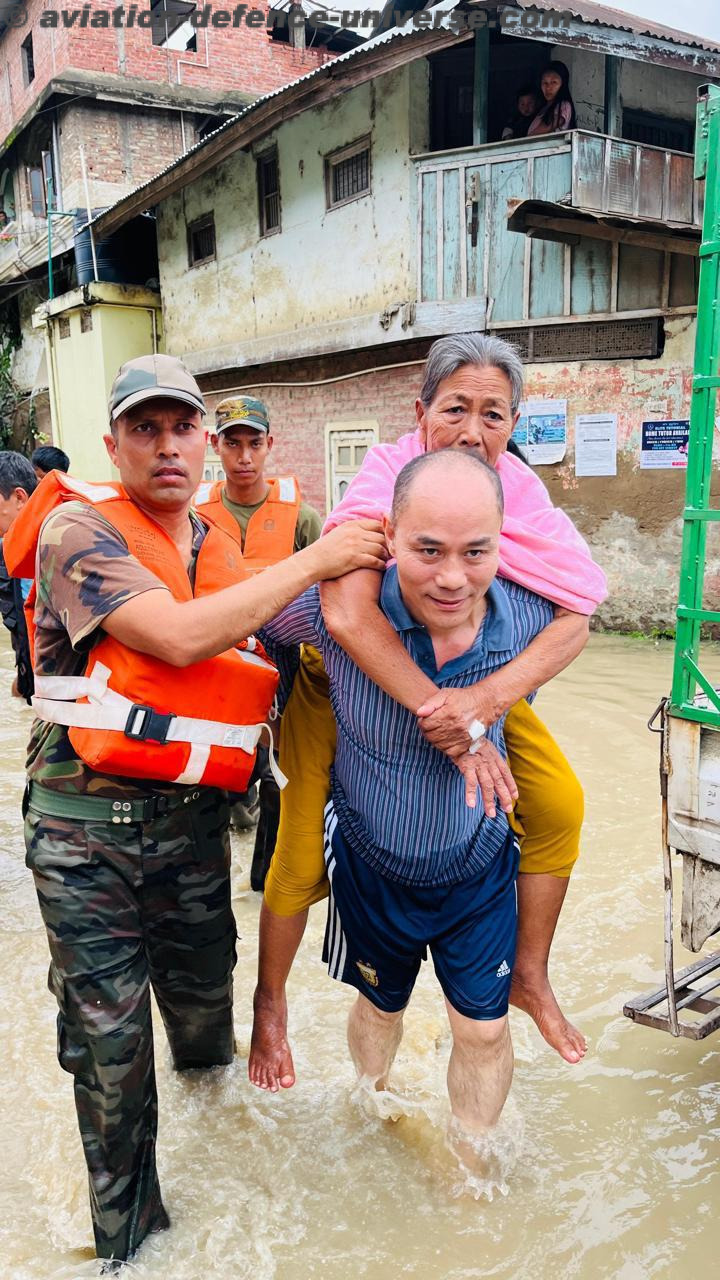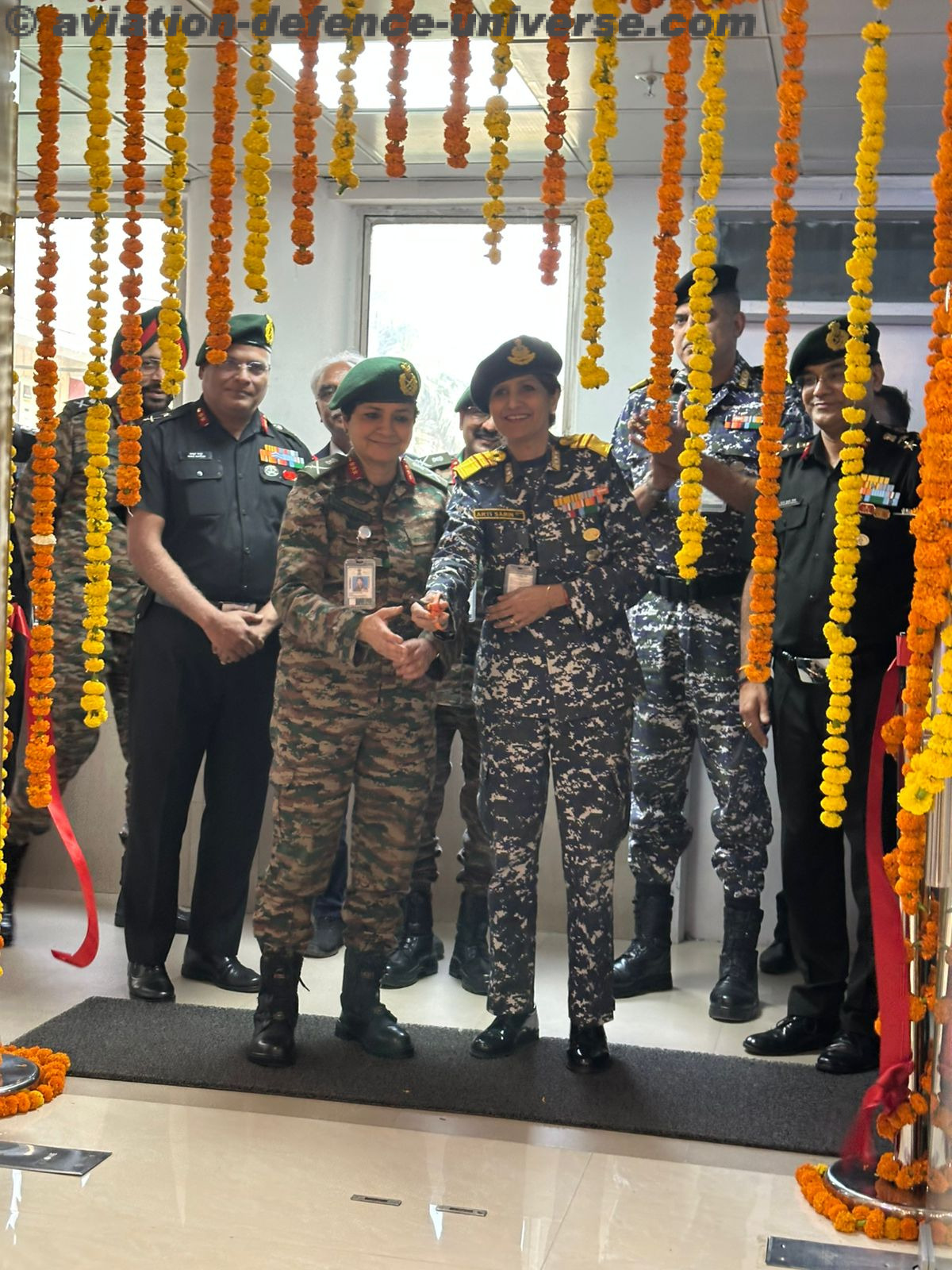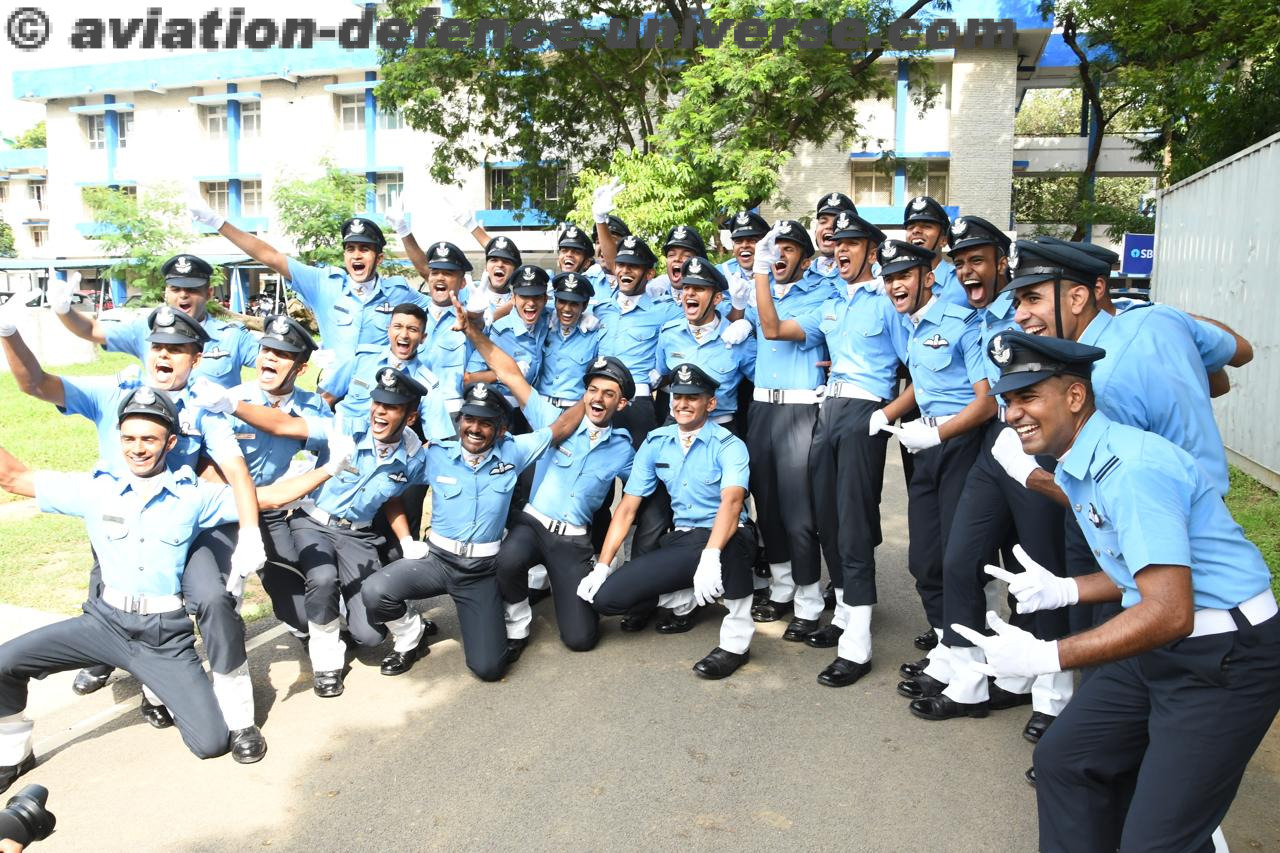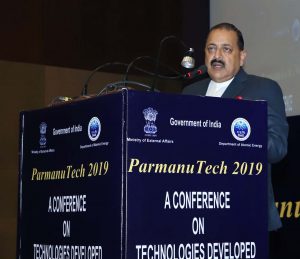
New Delhi. 07 February 2019. India’s three-stage nuclear power programme was formulated by Homi Bhabha in the 1950s to secure the country’s long term energy independence, through the use of uranium and thorium reserves found in the monazite sands of coastal regions of South India. The ultimate focus of the programme is on enabling the thorium reserves of India to be utilised in meeting the country’s energy requirements. Thorium is particularly attractive for India, as it has only around 1–2% of the global uranium reserves, but one of the largest shares of global thorium reserves at about 25% of the world’s known thorium reserves. However, thorium is more difficult to use than uranium as a fuel because it requires breeding, and global uranium prices remain low enough that breeding is unnecessary.The Union Minister of State (Independent Charge) of the Ministry of Development of North Eastern Region (DoNER), MoS PMO, Personnel, Public Grievances & Pensions, Atomic Energy and Space, Dr Jitendra Singh delivered the keynote address at the ‘Parmanu Tech 2019’ conference, organised by the Ministry of External Affairs and Department of Atomic Energy (DAE), here today. The conference discussed issues related to Nuclear Energy and Radiation Technologies.
Speaking on the occasion, Dr Jitendra Singh said that India has covered a long journey since inception of Atomic Energy programme by Dr Homi Bhabha based on the peaceful use of nuclear energy. He said that India has achieved a unique place in the international community for progress in space technology as well as nuclear energy. He said India has always used technology for constructive use and never for destructive purpose. The Minister said that it is a dilemma that most of the societal applications of nuclear energy are not much known to the people. He emphasized that focused efforts are required to create an awareness about benefits of nuclear energy and to allay the fears about radiation and its harms. Dr Singh added that nuclear energy will be a big and cost-effective source of energy in future when the other sources of power are gradually depleting.
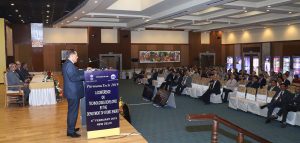
Dr Jitendra Singh said that one of the biggest achievements of the Government led by Prime Minister Shri Narendra Modi, during the last five years is that the nuclear energy plants have moved to other parts of the country also including Gorakhpur in Haryana.
The Chairman, Atomic Energy Commission and Secretary, Department of Atomic Energy, Shri K. N. Vyas said that the conference aims at showcasing the societal applications that DAE is pursuing. He said that role of radio isotopes in industry and health care is well known.
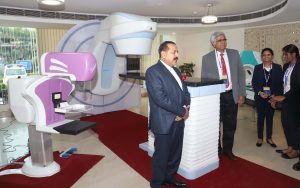
During the conference sector specific sessions were held with Panel discussions on the following topics:
i). Health care: Nuclear Medicine and Radiation therapy – Care to cure, with themes including Cancer care (TMH), Radio-pharmaceuticals & RIA kits, Gamma Chambers, Blood irradiators, Bhabhatron, Brachytherapy, Stereotactic Neurosurgery and international cooperation, etc.
ii). Food Preservation, Agricultural & Industrial Applications: From farms to factories – Serving the National Cause, with themes including Nisargruna, Food Irradiator, improved seeds varieties, water purification technologies, urban waste management technologies, industrial application of radioisotopes and radiation technologies particularly in petroleum industry for monitoring process lines, breakdown maintenance, dredging operations in sea ports, non-destructive techniques, technologies developed by ECIL and Heavy Water Board.
iii). Showcasing India’s capabilities in Nuclear Energy: Energy Security with environmental responsibility – the Onward March, with themes including GCNEP and India’s Nuclear power programme.
The senior officers of the DAE and foreign diplomats were also present on the occasion.













